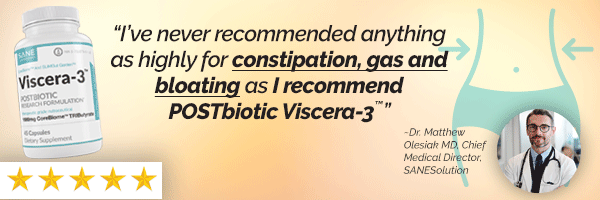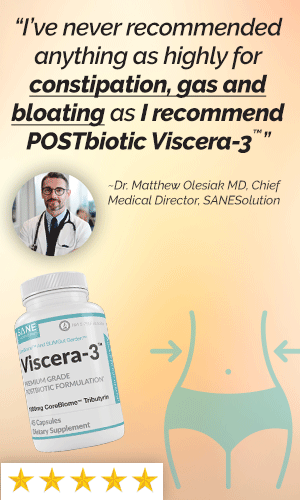What are Paraprobiotics?
Paraprobiotics: non-viable probiotics
Paraprobiotics are essentially dead probiotics. They’re the remnants of probiotic organisms that have been heated up, killing them off. But despite being non-living, they still have a role to play in our health. Unlike regular probiotics that mainly affect the large intestine, paraprobiotics work on the small intestine cells, which can help boost our immune system.
Now, you might have heard of postbiotics, which are the waste products or byproducts produced by live bacteria in our gut. They’re thought to have health benefits, similar to probiotics. Paraprobiotics are somewhat similar to postbiotics but are not fully understood yet.
So where do paraprobiotics play a role?
So, why are paraprobiotics important? Well, while probiotics have shown some health benefits by balancing our gut bacteria, they often fail to reach the part of the gut where they’re needed most. Paraprobiotics could potentially fill this gap, offering similar health benefits without the need for live bacteria.
Recent research suggests that paraprobiotics, along with postbiotics, have a range of health-promoting properties, such as supporting the immune system, preserving the gut barrier, and even fighting against tumors and harmful pathogens.
Lactobacillus, paraprobiotics, and postbiotics studies
Paraprobiotics and postbiotics are both obtained from biochemical isolation techniques where the method of isolating these “compounds” influences their health benefits. In other words, their health benefits vary depending upon their isolation methods (1)
Recent studies observed that most of the paraprobiotics are located in the bacterial cell envelope and consist of molecules such as peptidoglycans, surface proteins, and cell wall polysaccharides. Postbiotics, on the other hand, include secreted proteins and peptides, bacteriocins, organic acid, and some other molecules and bacterial debris. (2)
Postbiotics and paraprobiotics behave positively in some cases
Both paraprobiotics and postbiotics play a significant role in a wide range of positive effects on the host, such as immunomodulatory, anti-tumor, barrier-preservation, and antimicrobial properties. (3) Different species of Lactobacillus excrete different types of postbiotics and, as it appears now, paraprobiotics, as well.
Paraprobiotics and postbiotics health benefits?
Paraprobiotics and postbiotics derived from the infamous Lactobacillus bacteria consist of a wide range of molecules known as ‘effectors’. They are products and byproducts of the probiotic Lactobacillus and have been found to exhibit potentially powerful benefits to humans, such as:
- Preservation of the epithelial barrier
- Anti-Tumor
- Immunomodulation
- Antagonistic Role Against Pathogens
What do we do with paraprobiotics now?
So, what’s next for paraprobiotics? Well, researchers are still figuring out the best ways to use them and how they exactly benefit our health. But it’s clear that they could be a promising addition to our understanding of gut health and could lead to new ways to support our well-being.
But there are several postbiotic supplements on the market today. Research clearly shows that Viscera-3 is superior to any other postbiotics brand. With Viscera-3, this superior form of TRIbutyrate is time-released directly into your lower colon (the only place it can provide all the above life-changing benefits).
It is three times more potent than the weak short-chain fatty acids created by fiber alone. Along with TRIButyrate, Viscera-3 contains the SLIMGut Earth Minerals Matrix™ and the SLIMGut Garden Blend™. Together, their powerful multi-factor effect on gut health leads to less gas, constipation, bloating, and of course, faster setpoint weight loss! No increased fiber intake is required.









Trackbacks & Pingbacks
… [Trackback]
[…] Read More: sanesolution.com/digestive-care/what-are-paraprobiotics/ […]
[…] be surprised to know that a handful of studies suggest probiotics weight loss correlation. Probiotics are not however, the very best. In fact, the most effective way to help you lose weight and belly […]
Comments are closed.